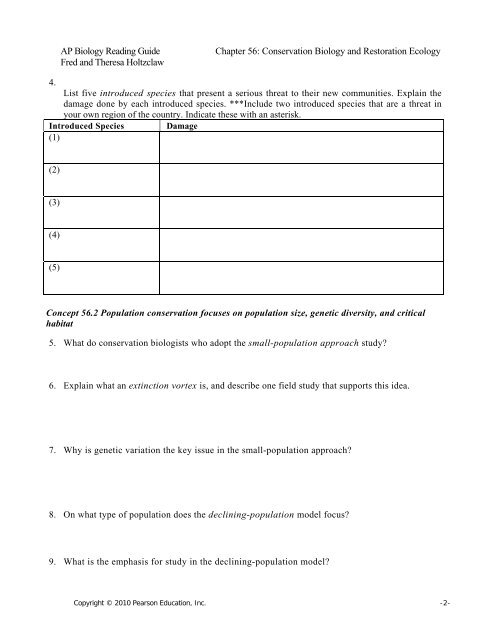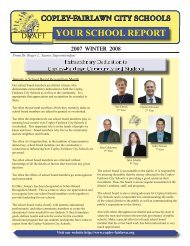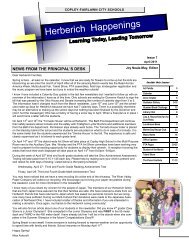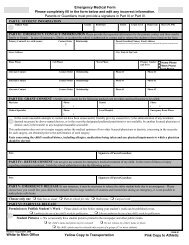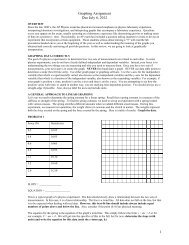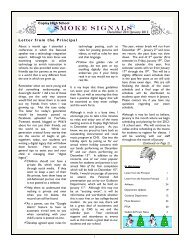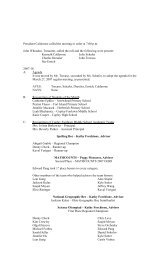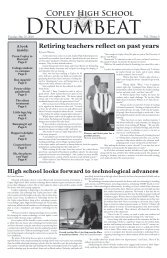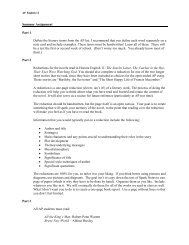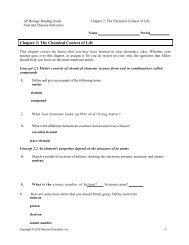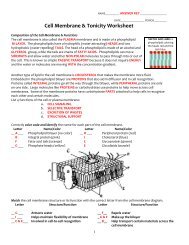Chapter 52: An Introduction to Ecology and the Biosphere
Chapter 52: An Introduction to Ecology and the Biosphere
Chapter 52: An Introduction to Ecology and the Biosphere
Create successful ePaper yourself
Turn your PDF publications into a flip-book with our unique Google optimized e-Paper software.
AP Biology Reading Guide<br />
Fred <strong>and</strong> Theresa Holtzclaw<br />
<strong>Chapter</strong> 56: Conservation Biology <strong>and</strong> Res<strong>to</strong>ration <strong>Ecology</strong><br />
4.<br />
List five introduced species that present a serious threat <strong>to</strong> <strong>the</strong>ir new communities. Explain <strong>the</strong><br />
damage done by each introduced species. ***Include two introduced species that are a threat in<br />
your own region of <strong>the</strong> country. Indicate <strong>the</strong>se with an asterisk.<br />
Introduced Species Damage<br />
(1)<br />
(2)<br />
(3)<br />
(4)<br />
(5)<br />
Concept 56.2 Population conservation focuses on population size, genetic diversity, <strong>and</strong> critical<br />
habitat<br />
5. What do conservation biologists who adopt <strong>the</strong> small-population approach study<br />
6. Explain what an extinction vortex is, <strong>and</strong> describe one field study that supports this idea.<br />
7. Why is genetic variation <strong>the</strong> key issue in <strong>the</strong> small-population approach<br />
8. On what type of population does <strong>the</strong> declining-population model focus<br />
9. What is <strong>the</strong> emphasis for study in <strong>the</strong> declining-population model<br />
Copyright © 2010 Pearson Education, Inc. -2-


